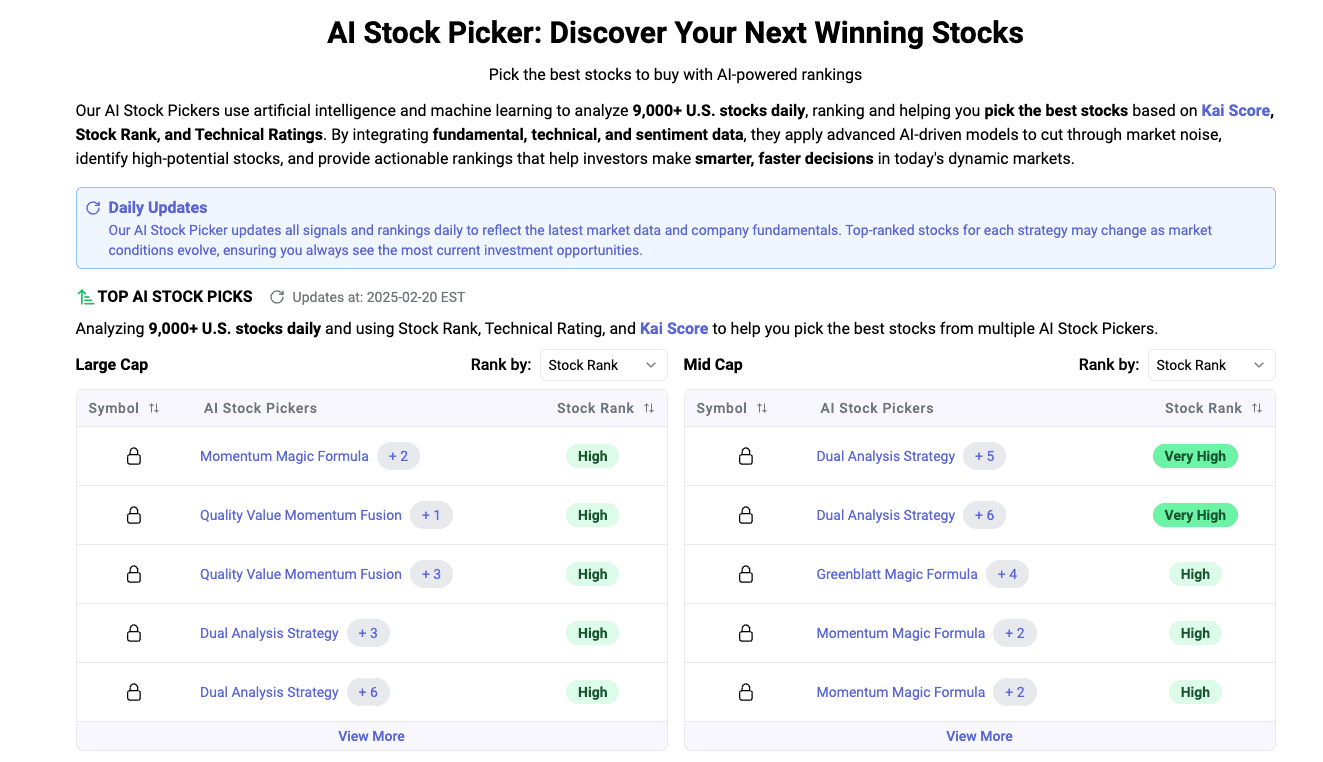MarketLens
Meta Unveils Llama 3.1 405B: World’s Largest AI Model, Next Linux for AI?
On July 23, 2024, Meta unveiled the Llama 3.1 405B model, the world’s largest publicly available large language model (LLM) with 405 billion parameters. This release has sparked significant interest and debate within the AI community, with many considering whether Llama 3.1 could become the “next Linux for AI.” This report provides a comprehensive analysis of Llama 3.1 405B, synthesizing information from various sources to evaluate its capabilities, potential impact, and implications for the AI industry.
Overview of Llama 3.1 405B
Key Features and Capabilities
Llama 3.1 405B is a groundbreaking model with several notable features:
- Model Size and Architecture: With 405 billion parameters, Llama 3.1 is the largest open-source LLM to date. It employs an optimized transformer architecture and Grouped-Query Attention (GQA) for improved inference scalability.
- Context Length: The model supports a context length of 128K tokens, significantly enhancing its ability to process long-form text and complex reasoning tasks.
- Multilingual Support: Llama 3.1 supports eight languages, including English, German, French, Italian, Portuguese, Hindi, Spanish, and Thai, making it versatile for global applications.
- Performance: The model has demonstrated state-of-the-art performance on over 150 benchmark datasets, outperforming previous versions and many proprietary models in various tasks such as natural language inference, math problem-solving, and code generation.
- Applications: Llama 3.1 is designed for a wide range of applications, including synthetic data generation, multilingual translation, customer support, healthcare diagnostics, legal document drafting, personalized education, and financial advice.
Deployment and Accessibility
Llama 3.1 405B is available on major cloud platforms such as Amazon Bedrock, Azure AI, and IBM watsonx.ai, making it accessible to a broad audience. The model can be deployed through serverless APIs, allowing for rapid prototyping and evaluation. Additionally, Meta has made the model weights available for download under an open license, facilitating customization and fine-tuning for specific use cases.
Analysis of Llama 3.1 405B’s Impact
Performance and Benchmarking
Llama 3.1 405B has shown impressive performance across various benchmarks:
- Undergraduate Knowledge (MMLU, 5-shot): 87.3%, outperforming OpenAI’s GPT-4-Turbo (86.5%).
- Graduate Level Reasoning (GPQA, 0-shot): 50.7%, matching Claude 3 Opus and exceeding GPT-4.
- Math Problem Solving (MATH, 0-shot CoT): 73.8%, second only to GPT-4o (76.6%).
- Reading Comprehension (DROP, F1): 84.8%, outperforming several other models.
- Knowledge Q&A (ARC-Challenge, 25-shot): 96.1%, comparable to GPT-4 (96.3%).
- Code Generation (HumanEval, 0-shot): 89.0%, nearly best in class.
These results indicate that Llama 3.1 405B is competitive with leading proprietary models, offering high accuracy and efficiency in various tasks.
Potential as the “Next Linux for AI”
The comparison of Llama 3.1 to Linux stems from its open-source nature and potential to democratize access to advanced AI technologies. Key factors supporting this comparison include:
- Open Source Commitment: Meta’s release of Llama 3.1 under an open license allows for unrestricted access for commercial and research uses. This openness promotes innovation and collaboration within the AI community.
- Customization and Modifiability: Organizations can fine-tune and distill the model to meet specific needs without third-party data exposure, addressing privacy and control concerns.
- Cost Efficiency: Running Llama 3.1 on personal infrastructure can be about 50% cheaper than using closed models like GPT-4, making it more accessible to smaller enterprises and startups.
However, there are challenges to achieving the same level of impact as Linux:
- Resource Demands: The model’s size necessitates substantial GPU resources and expertise for deployment, potentially leading to high costs.
- Licensing Restrictions: Despite being open-source, certain licensing restrictions may limit its use, preventing it from fully embodying the open-source ethos of Linux.
Implications for Stakeholders
Enterprises
Llama 3.1 405B offers significant benefits for enterprises:
- Enhanced Capabilities: The model’s advanced reasoning, multilingual support, and long context length make it ideal for complex enterprise applications.
- Cost Savings: The potential for lower inference costs compared to proprietary models can enhance ROI from generative AI investments.
- Customization: Enterprises can tailor the model to their specific needs, improving the quality and relevance of AI outputs.
AI Researchers and Developers
For researchers and developers, Llama 3.1 provides:
- Access to Cutting-Edge Technology: The open-source nature of the model allows for experimentation and innovation without the barriers of proprietary systems.
- Community Engagement: The thriving ecosystem around Llama models fosters collaboration and knowledge sharing, accelerating AI advancements.
Ethical and Safety Considerations
Meta has emphasized the importance of safety and ethical deployment with features like Llama Guard 3 and Prompt Guard. These tools help detect harmful content and prevent misuse, addressing concerns about the potential negative impacts of powerful AI models.
Conclusion
Meta’s release of Llama 3.1 405B marks a significant milestone in the AI industry, offering unprecedented capabilities and accessibility. While it may not fully achieve the status of the “next Linux for AI” due to resource demands and licensing restrictions, it embodies a similar open-source philosophy that promotes innovation and democratizes access to advanced AI technologies. The model’s impressive performance, cost efficiency, and customization potential make it a valuable tool for enterprises, researchers, and developers alike. As the AI landscape continues to evolve, Llama 3.1 405B is poised to play a crucial role in shaping the future of open-source AI.
Related Articles
Category
You may also like
No related articles available
Breaking News
View All →No topics available at the moment






